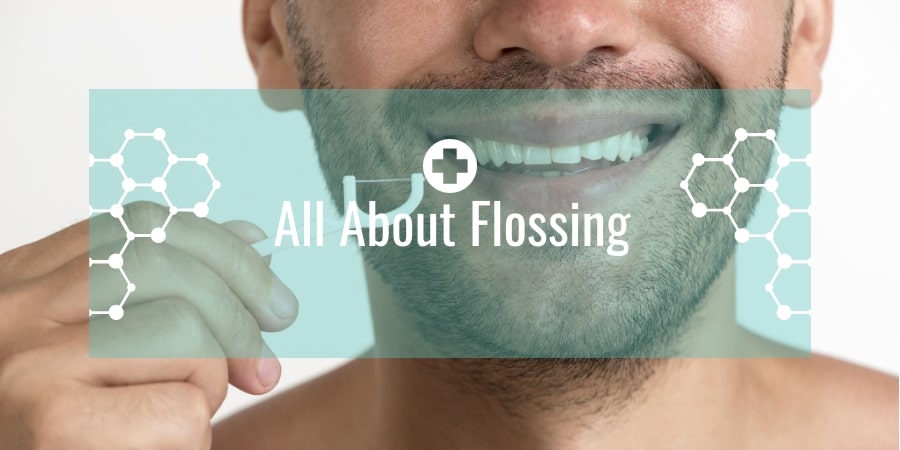There are two ways people over 30 react to flossing. Either it was enforced enforced by parents and the habit remain to the day, or parents had not begun to enforce flossing because dentists did not talk about its importance during their youth. In either case, it is important to be reminded of the benefits to flossing and its ties to great oral health care.
Many people also skip or forget about flossing because there simply is not enough time in the day to floss because there are a million other things they have to be doing. This should never be the case, though. Around ten years ago and before then, it was advised that people should brush their teeth three times a day and when flossing became prominent, floss at least twice. But as time changed and people became increasingly busy, dentists began to see that many just did not get the chance to brush after lunch and the recommended number of brushing per day was dropped to two. To accommodate this, flossing was dropped to once a day and preferably at night. By maintaining this suggested regimen, people will reap all of the benefits that come along with brushing and flossing without having to take extra time out of their day.
Simply brushing the teeth does not reach the plaque and food debris that builds up under the gum line and between teeth. This is why flossing is so important. A daily floss with remove this build up which will, in turn, prevent gum disease and tooth decay. It is recommended that unwaxed floss is used. The proper technique requires 18 inches of floss wound tight around the index or middle finger with about an inch or two left between the fingers. Slide the floss between each tooth and use an up and down motion to scrape the sides of the teeth. After this, softly move to the top of the base of the gum line with the floss and gently into the gum line to remove any build up which may have occurred in that area. Never force the floss in this area as it may bruise the gum line or cause bleeding, which will leave the mouth more susceptible to infection if food debris or plaque comes into contact with the wound. Be sure to use a clean section of the floss for each tooth in order to prevent the spreading of the plaque into new areas. If it is impossible to fit the unwaxed floss between teeth because they are very close together, try purchasing a waxed floss that will easily glide between the teeth. If this does not work, ask the dentist about alternative options.
Flossing also allows an individual to get to know their mouth better. While this may seem like a strange concept, if one closely examines their mouth while flossing, they are more likely to notice any sort of changes or abnormalities which may be occurring in the mouth. If such abnormalities are noticed, be sure to contact a dentist immediately in order to prevent or cure the problem. Also, make sure to note if any pain or bleeding occurs while flossing. This may indicate a more serious problem such as gingivitis or gum disease. Flossing is one of the easiest ways to catch these problems before they get worse.
While flossing was overlooked for quite some time, in the time that it has become popular, the benefits which occur with proper floss technique have appeared rampantly. It may be a new habit, but it is never too late to start flossing.
